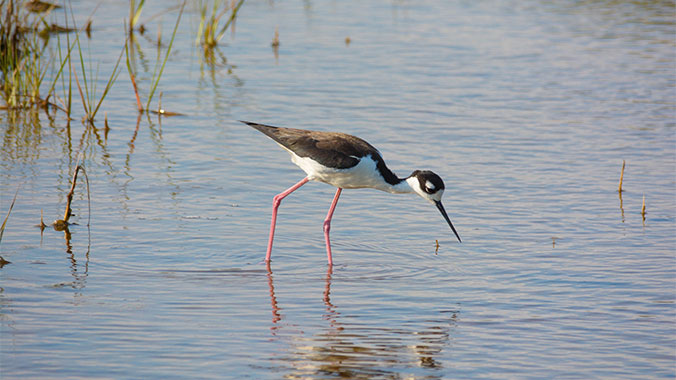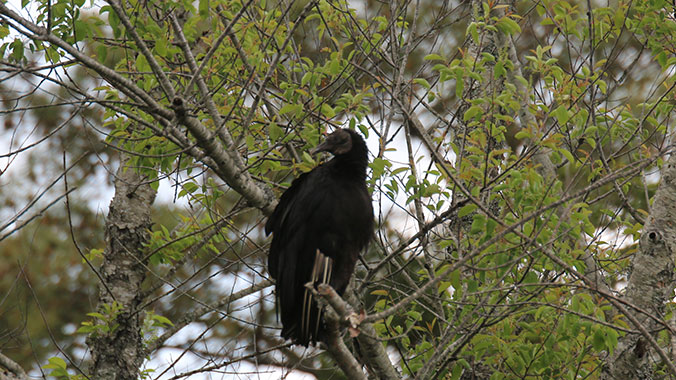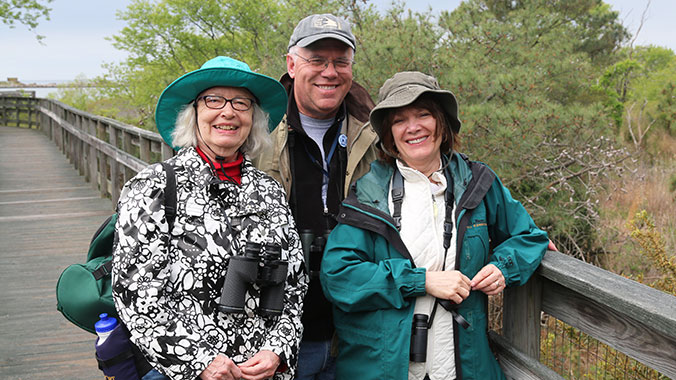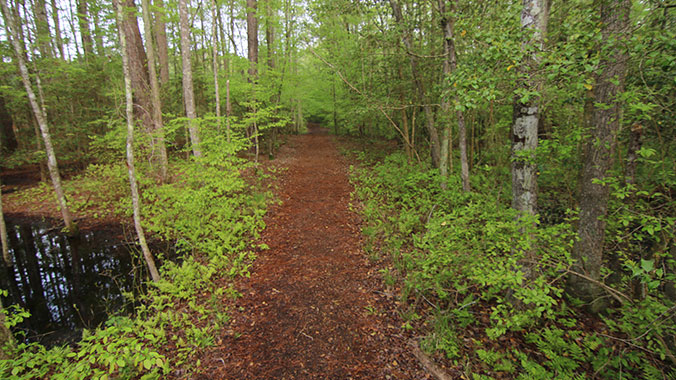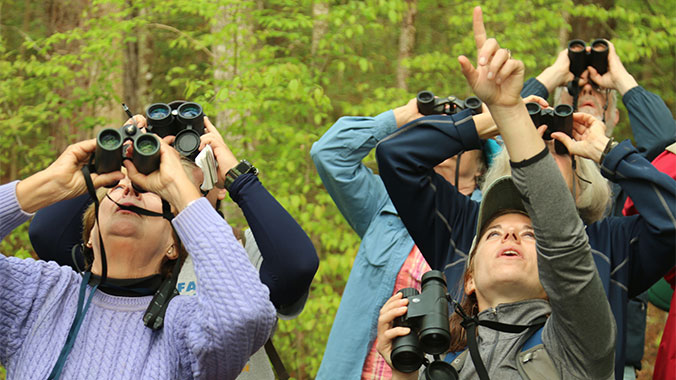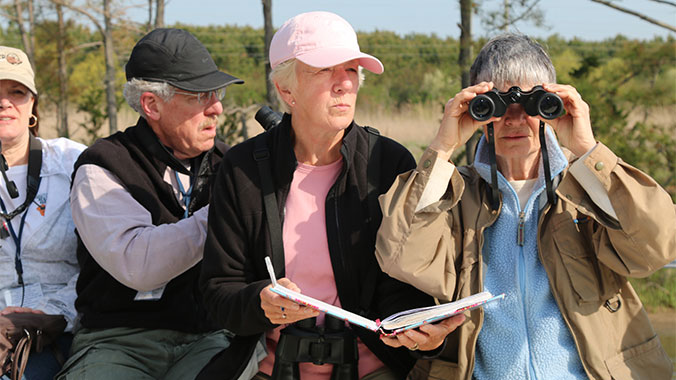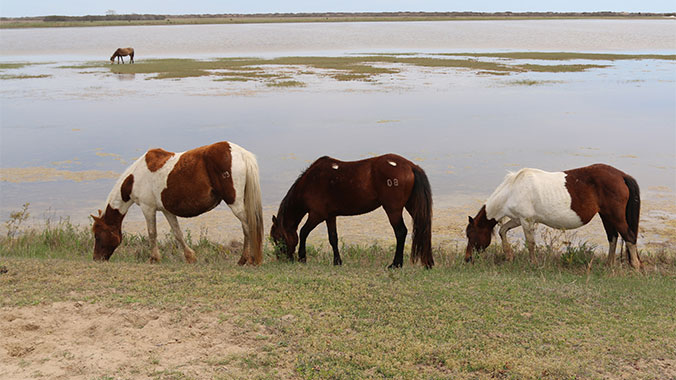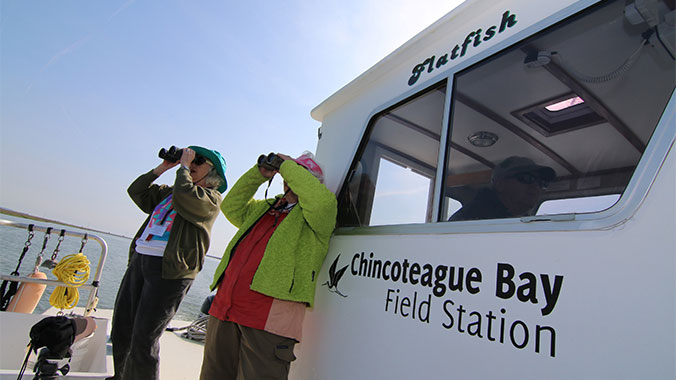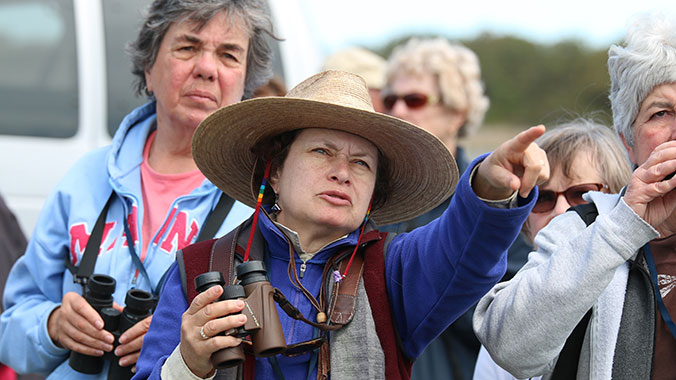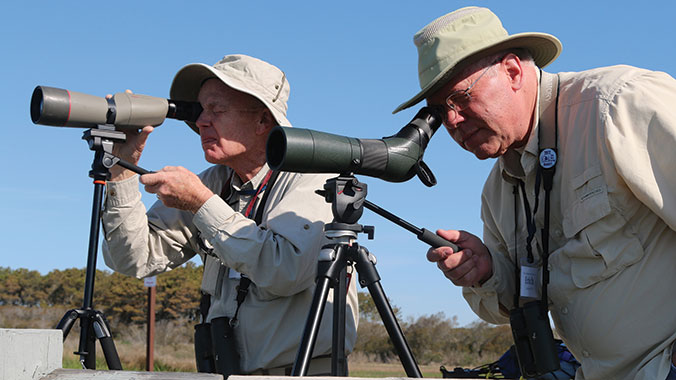Plane
Arrival day is on Sunday, November 8, 2026.
Meet the group at Chincoteague Bay Field Station in Wallops Island
Start of Trip: 3:00-5:00 p.m. field station check-in & Program Registration followed by Welcome Dinner.
Your trip ends on: Friday, November 13, 2026 in Wallops Island at Chincoteague Bay Field Station
End of Trip: 8:00 a.m. after breakfast; 9:30 a.m. field station check-out.
Ground Transportation Options
Program Arrival Airport
Salisbury–Ocean City–Wicomico Regional Airport (SBY)
The estimated travel time to the check-in location is
1-1.5 hours
.
The estimated distance to the check-in location is
40 miles
.
Chincoteague Bay Field Station
Hotel Shuttle
Phone: 7578245636
Cost: Please call transfer service directly for rates. Prices subject to change.
*Advanced reservations are required.
CBFS offers limited shuttle services on the first and last day of programs, to and/or from the Salisbury-Ocean City Wicomico Regional Airport. On the first day, the shuttle departs the airport at 1:00 pm and arrives at CBFS by 2:30 pm. On the last day, the shuttle departs the CBFS at 11:00 am and arrives at the airport by 12- 12:30 pm. Shuttle service is not available on the days before or after a program begins or ends.
Please note: If you arrive by shuttle to the field station, additional transportation is not provide during your free afternoon. Local attractions are not accessible by foot and there is no public transportation in this area.
Program Arrival Airport
Salisbury - Ocean City - Wicomico Regional Airport [SBY]
The estimated travel time to the check-in location is
1 hour
.
The estimated distance to the check-in location is
40 miles
.
Car Rentals
Cost: Please call transfer service directly for rates. Prices subject to change.
*Advanced reservations are required.
We recommend renting a car ahead of time for the week. As there is no public transportation at all in Chincoteague, participants would otherwise be confined to the campus area during downtime.
Avis, Enterprise and Hertz rentals have desks and cars at the airport.
Avis: (410) 742-8566
Enterprise: (410) 677-3810
Hertz: (410) 749-2235
Program Arrival Airport
Norfolk International Airport (ORF)
The estimated travel time to the check-in location is
1.5-2.5 hours
.
The estimated distance to the check-in location is
94 miles
.
Car Rentals
Cost: Please call transfer service directly for rates. Prices subject to change.
*Advanced reservations are required.
We recommend renting a car ahead of time for the week. As there is no public transportation at all in Chincoteague, participants would otherwise be confined to the campus area during downtime.
The following companies have cars and desks at the airport:
Alamo (800) 462-5266
Avis (800) 831-2847
Budget (800) 527-0700
Dollar (800) 800-3665
Enterprise (800) 736-8222
Hertz (800) 654-3131
National (800) 227-7368
Thrifty (800) 367-2277
Program Arrival Airport
Salisbury–Ocean City–Wicomico Regional Airport (SBY)
The estimated travel time to the check-in location is
1 hour
.
The estimated distance to the check-in location is
40 miles
.
Taxi
Cost: Please call transfer service directly for rates. Prices subject to change.
*Advanced reservations are required.
Costs include both the arrival and return trips.
Gene's Taxi: (410) 749-8888
Cost: $206
Bailey's Taxi: (410) 546-4025
Cost: $199 cash
$239 credit





